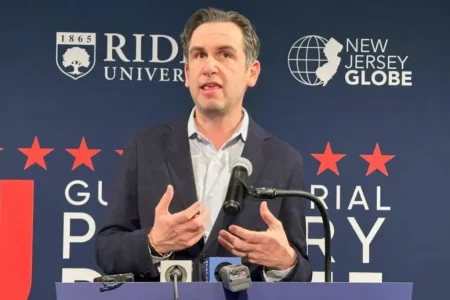Netanyahu and Trump’s Diplomatic Dance
In the intricate ballet of international diplomacy, a noteworthy dynamic emerged between Prime Minister Benjamin Netanyahu of Israel and President Trump. While Netanyahu publicly claimed credit for an emerging agreement between their nations, close observers could clearly see that President Trump maintained control of the negotiation process. Netanyahu’s assertion of influence appeared to be political theater designed for domestic consumption, while Trump’s administration set the actual parameters and pace of discussions. This relationship illustrated how public statements often diverge from behind-the-scenes realities in high-stakes international negotiations.
The public narrative championed by Netanyahu portrayed him as the architect of the agreement, emphasizing his diplomatic expertise and suggesting he had successfully influenced American policy positions. Speaking to his political base, Netanyahu carefully crafted messaging that highlighted his central role in achieving favorable terms for Israel. This posturing served critical political purposes at home, where his leadership faced challenges and where demonstrating effective partnership with America remained vital to his political survival. The carefully choreographed announcements and photo opportunities reinforced this narrative, providing useful imagery for domestic media consumption.
Behind closed doors, however, the power dynamics told a different story. President Trump and his negotiating team clearly established the framework, timelines, and key provisions of the agreement. American diplomats maintained strict control over which concessions would be considered, which red lines would remain firm, and how the final agreement would be structured. When substantive disagreements arose, Trump’s preferences consistently prevailed, with Netanyahu adapting his positions to align with American requirements. This behind-the-scenes reality contrasted sharply with the public impression Netanyahu worked to create, revealing the actual power imbalance that defined the negotiation process.
The divergence between public perception and diplomatic reality reflected broader patterns in modern international relations. Small but strategically important nations like Israel must carefully balance assertiveness with accommodation when dealing with superpower allies. For Netanyahu, claiming outsized influence served vital domestic political interests while acknowledging Trump’s dominant role would have weakened his standing at home. This diplomatic performance art – where each leader played to different audiences with different messages – represented a sophisticated approach to managing both international relationships and domestic politics simultaneously.
The Trump administration, for its part, seemed content to allow Netanyahu this public posturing while maintaining actual control over the substance of negotiations. This tacit arrangement served both leaders’ interests – Trump secured the agreement he wanted while allowing Netanyahu to claim political victory at home. American officials privately acknowledged this dynamic but prioritized achieving their substantive goals over correcting public misimpressions about who held decision-making authority. This pragmatic approach recognized that maintaining Netanyahu’s political viability in Israel served American strategic interests, even if it required tolerating some exaggeration of his influence.
This episode illuminated the complex interplay between perception and reality in international diplomacy. While casual observers might have accepted Netanyahu’s characterization of events at face value, those with deeper understanding of the relationship recognized the carefully maintained façade. The agreement itself ultimately reflected American priorities and preferences, regardless of who claimed credit for its creation. In this diplomatic dance, Netanyahu performed for his domestic audience while Trump orchestrated the actual terms of engagement, demonstrating how international agreements often emerge from complex dynamics where public narratives and private realities operate on separate but parallel tracks.











